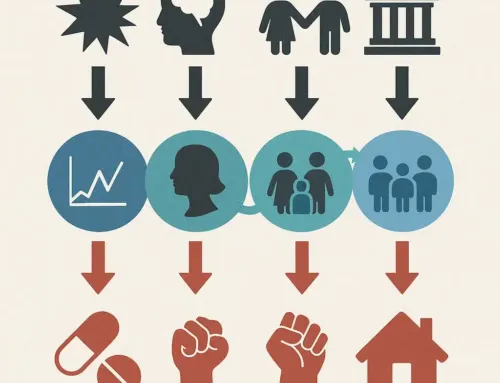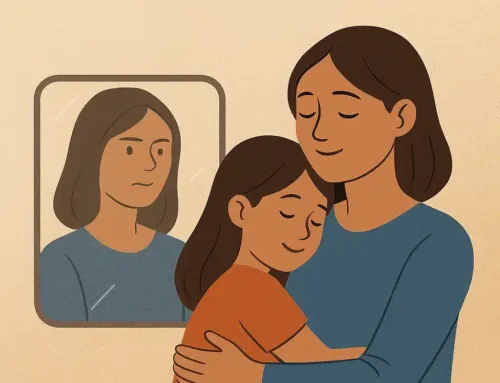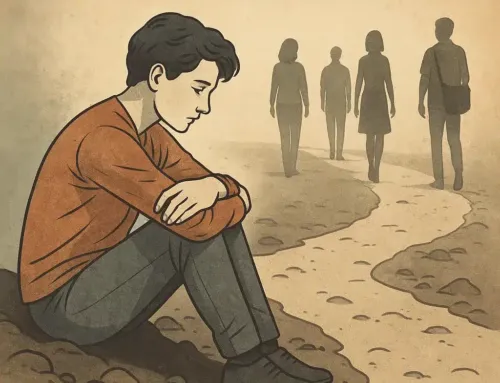
Approx. read time: 5.2 min.
Post: Understanding Men’s Hair Loss: Causes, Treatments, and Remedies
Hair loss is a common issue for men across the world, affecting their confidence and self-image. While male pattern baldness (androgenetic alopecia) is the most frequent cause, understanding how it works, the available treatments, and even how the medical industry approaches it can empower men facing this challenge. This article will explore how hair loss happens, the most effective treatments, home remedies, and some insights into how the pharmaceutical industry plays a role in this condition.
How Male Hair Loss Works – male hair loss treatment
The Biology Behind Hair Loss
Hair loss in men, especially androgenetic alopecia, is primarily influenced by hormones and genetics. The key player here is dihydrotestosterone (DHT), a byproduct of testosterone. Hair follicles sensitive to DHT shrink over time, leading to thinner and shorter hair strands. Eventually, these follicles stop producing hair altogether, resulting in bald patches or receding hairlines.
What’s Happening Inside the Scalp?
Hair goes through a natural growth cycle with three phases:
- Anagen (Growth Phase): Lasting several years, this phase is when hair actively grows.
- Catagen (Transition Phase): A brief period where hair growth slows down.
- Telogen (Resting Phase): The hair falls out, and the follicle becomes dormant.
In men with androgenetic alopecia, DHT shortens the anagen phase and prolongs the telogen phase, causing more hair to fall out while less new hair grows back.
The Role of Genetics – male hair loss treatment
Genetics also play a significant role in male pattern baldness. If a close relative (father, grandfather) experienced significant hair loss, it’s more likely that the same will happen. This genetic predisposition makes certain hair follicles more sensitive to DHT, speeding up the hair loss process.
Effective Treatments for Hair Loss
While hair loss can be distressing, various treatments are available to slow or even reverse the process. Two FDA-approved treatments are the most commonly prescribed for male pattern baldness: Minoxidil and Finasteride (Propecia).
Minoxidil Topical Solution
Minoxidil, often marketed under brand names like Rogaine, is an over-the-counter topical solution. It is applied directly to the scalp and works by prolonging the anagen phase, encouraging more hair growth. Minoxidil doesn’t block DHT but improves blood circulation to the hair follicles, making it easier for them to grow hair.
- How to Use Minoxidil: Apply it to the scalp twice daily. Results can take several months, and consistent use is key to maintaining any regrowth.
- Side Effects: Some users report itching, dryness, and irritation in the area where Minoxidil is applied.
Finasteride (Propecia) – male hair loss treatment
Finasteride, sold under the brand name Propecia, is a prescription medication taken orally. It works by inhibiting the enzyme 5-alpha-reductase, which converts testosterone to DHT. By reducing the levels of DHT in the scalp, Finasteride helps slow down or even stop hair loss and promotes regrowth.
- How to Use Finasteride: Taken once daily, Propecia can take several months to show results.
- Side Effects: Some users may experience sexual side effects, including decreased libido and erectile dysfunction. These side effects typically resolve once the medication is discontinued.
The Commercialism of Hair Loss Treatments – male hair loss treatment
Hair loss treatments, especially medications like Propecia, expose a broader issue in the medical industry: the commercialism of pharmaceutical products. A prime example of this is the relationship between Propecia and Proscar.
- Proscar vs. Propecia: Proscar is another form of Finasteride, typically prescribed to treat benign prostatic hyperplasia (BPH) or prostate cancer. It contains 5 mg of Finasteride, compared to Propecia’s 1 mg dose.
- The Insurance Catch: Proscar is often covered by insurance because it treats a recognized medical condition (prostate issues), while Propecia is not covered because hair loss is considered cosmetic. Interestingly, a Proscar pill can be cut into four pieces, effectively providing the same dosage as Propecia for hair loss, but at a fraction of the cost.
This pricing discrepancy highlights how the pharmaceutical industry can capitalize on different medical conditions, charging significantly more for treatments considered cosmetic than those considered essential.
Other Home Remedies to Help with Hair Loss
If you’re looking to supplement medical treatments with home remedies, there are some natural options that may help improve hair health:
1. Scalp Massage
Massaging the scalp for a few minutes daily can help improve blood circulation, potentially encouraging hair growth and strengthening existing hair.
2. Essential Oils
Oils like rosemary, peppermint, and lavender have been suggested to promote hair growth. These can be mixed with carrier oils like coconut oil and applied directly to the scalp.
3. Diet and Nutrition
A balanced diet rich in vitamins and minerals is vital for hair health. Key nutrients include:
- Biotin (Vitamin B7): Found in eggs, nuts, and whole grains, biotin supports healthy hair growth.
- Vitamin D: A deficiency in this vitamin has been linked to hair loss. Incorporating foods like fish, mushrooms, and fortified products can help.
- Iron and Zinc: These minerals are crucial for healthy hair follicles and preventing thinning.
4. Reducing Stress
Stress can exacerbate hair loss by pushing hair follicles into the telogen phase prematurely. Practices like yoga, meditation, or regular exercise can reduce stress levels and improve overall health, including hair.
Final Thoughts
While male hair loss can be a frustrating experience, understanding how it works and the available treatment options can help you take control of the situation. FDA-approved treatments like Minoxidil and Propecia offer proven methods to combat hair loss, though the cost disparity due to commercialism is a consideration many must navigate. Additionally, home remedies can support medical treatments and improve hair health, though their efficacy varies.
As you explore different treatments, it’s essential to consult a healthcare professional to determine the best course of action based on your specific needs. Whether opting for medication, considering natural remedies, or exploring the reality of how the pharmaceutical industry operates, there are steps you can take to address hair loss effectively.
Related Videos:
Related Posts:
Period Hack: The Most Effective Way for Women to Eliminate Belly Fat and Build Muscle
Over 164 Million U.S. Adults Enjoy Playing Video Games
Is Ginkgo Biloba the Ultimate Natural Remedy for Improved Health and Well-being?
Pebbles and Crayons: A Kindergarten Love Story with Crystal
Replacing Ozempic Injections with Healthy Eating Habits for Weight Loss









